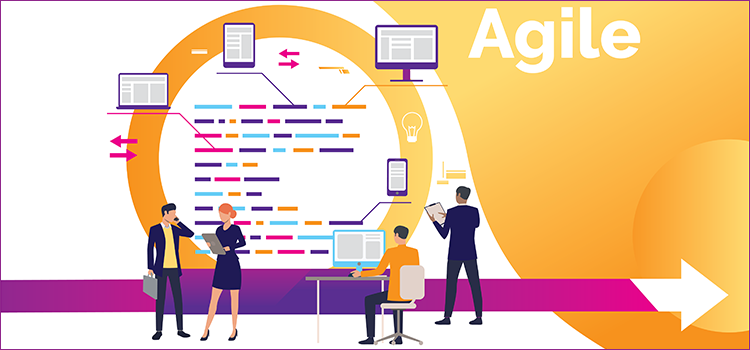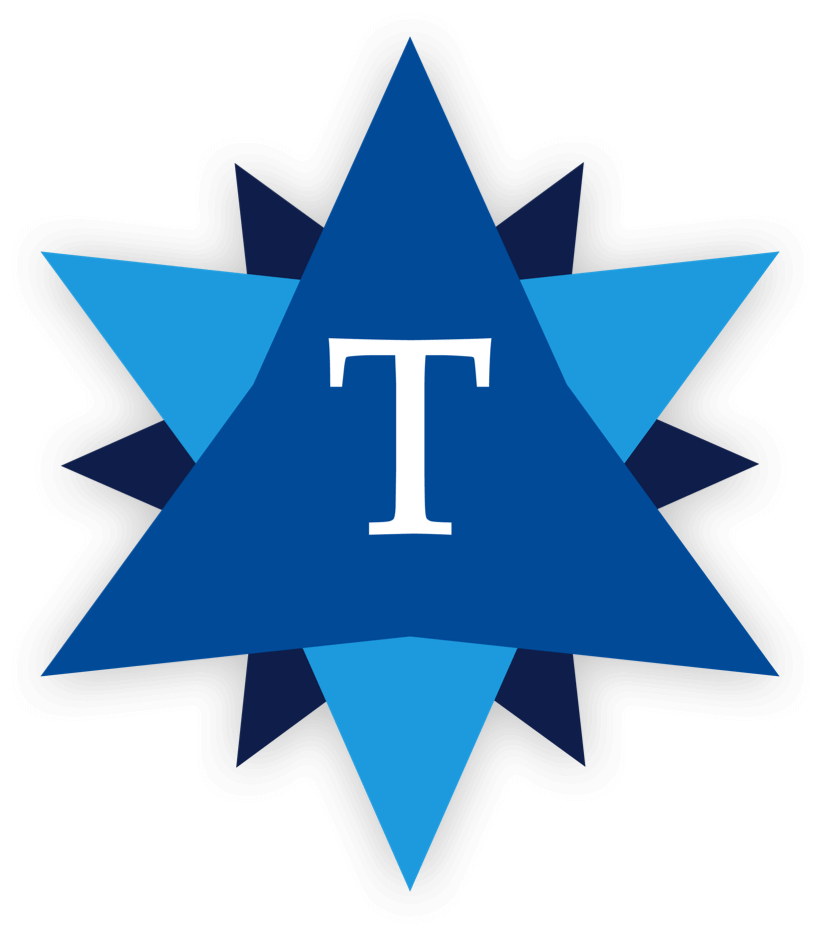Three Reasons Agile Works for Implementations
Guest Author

When considering an ERP or cloud Software as a Service (SaaS) in higher education, agile practices can be instrumental in ensuring successful and timely implementation.
As an agile enthusiast, I must confess that nearly 15 years ago, when the agile manifesto and I crossed paths, it was love at first sight. For me, it explained the collaborative, transparent, and accountable belief system that was built early in my career. I was fortunate to be surrounded by creative thinkers at a team-oriented university, focused on innovation and growth. The agile manifesto described for me why I loved higher education—attention to excellence, adapting to change, and forward-thinking.
As the technology landscape shifts to the cloud-based systems, and we enter an age of digital transformation with an emphasis on changing business processes and improving data quality, implementation strategies are positioned well to adopt agile practices. While there is often a need in higher education to provide some hybrid or traditional program framework to support executive management and funding decisions, adopting agile methods in any phase or team within an implementation program will provide the flexibility and adaptability to foster greater likelihood for success.
What makes agile different?
“Continuous Improvement is better than delayed perfection.” —Mark Twain
Agile focuses on continuous improvement. Changing business processes and cleaning data is hard. Change is hard. Literature suggests that it takes twenty-one times for a person to hear something and fully comprehend it. Twenty-one times! Cloud-based implementations require a reduction in custom changes and stress business process changes.
By using an agile, continuous improvement model, the implementation teams are always reflecting on what they’ve learned and make more informed decisions throughout the implementation. Due to the size and scope of ERP implementations, there may be an increased possibility of plan continuation bias, meaning our cognitive propensity to follow a plan even when it no longer makes sense. This most likely occurs more frequently toward the end of an implementation. Agile reduces this risk by adjusting the target frequently and embracing change, even late in the process.
Agile is not just technical. While it most definitely originates in software development, agile models and techniques can provide a team or office an unparalleled focus on goals. Recently I worked with an entire university Registrar’s Office that implemented Scrum for their work. The office dedicated Scrum teams for curriculum management and records with a third team for the front line following agile practices for planning while still supporting impromptu requests. A fourth team was introduced for transfer articulation. Each team had a dedicated Scrum board. With the Scrum framework in place, the team understood priorities, the scope was clear, and the teams could concentrate on delivering identified stories.
On another SaaS implementation, the functional and technical teams followed Scrum throughout the project. Once phases began to iterate into production, the functional teams created a Kanban board to triage issues. The Kanban board supported tracking and resolving issues related to data reported from faculty and end-users across campus.
Non-technical implementation teams (Finance, HR, Student, etc.) can also benefit by addressing impediments early and celebrating accomplishments along the way!
Agile focuses on transparency and teams. Implementations are about people, processes, and technology. So often in higher education, we want to be agile in many ways, but we are hesitant to adopt agile practices fully. Maybe this is because it seems ominous. And maybe agile is ominous, or maybe pervasive would be a better descriptor. Agile isn’t a methodology or a prescribed set of steps. It’s a mindset, a way of thinking transparently. Agile focuses on the business processes and the reason for the technology.
Understanding the business side of an implementation—who, what, and why we are doing something, is more important than ever in cloud ERP and SaaS implementations. If we build on transparency and trust, we can explore the current state and explore the future state with thoughtful, open discussion. One of my favorite agile (Scrum) practices is frequent demos of completed work. Not only do these demonstrations provide the opportunity to celebrate the small wins, but they also provide visibility into the progress, milestones and accomplishments. Moreover, bringing the implementation team together for the demos facilitates the sharing of designs and ideas quickly and efficiently increases the overall knowledge base of the implementation team.
Agile builds incrementally and iteratively, learning, collaborating, holding one another accountable, and improving along the way. When a team has embraced agile, you will see the buzz of excitement and sense of accomplishment. This will continue to grow with the team, continuing to build momentum. Tackling implementations with the transparency of agile increases creativity in solutions, and working with teams eases the transition.
Cloud services are intuitive and rapidly changing systems by design. Almost always in higher education, the goal of migrating to a cloud-based system is to gain efficiency. Keeping the solution simple and focusing on the business is the basis of agile design. If we are asking our campuses to become more efficient, we must give them the framework to support the transformation, and we all must challenge ourselves to work (and think) differently. Agile principles support the “art of change” or the people part. Change management in implementations needs agile to meet the rapidly changing demands for modernization of systems and technology advances.
Categories
Share Article:

Other Posts From this Author:
The views and opinions expressed in this article are those of the author and do not necessarily reflect the official policy or position of the Tambellini Group. To become a Top of Mind guest author, please contact us.
© Copyright 2025, The Tambellini Group. All Rights Reserved.